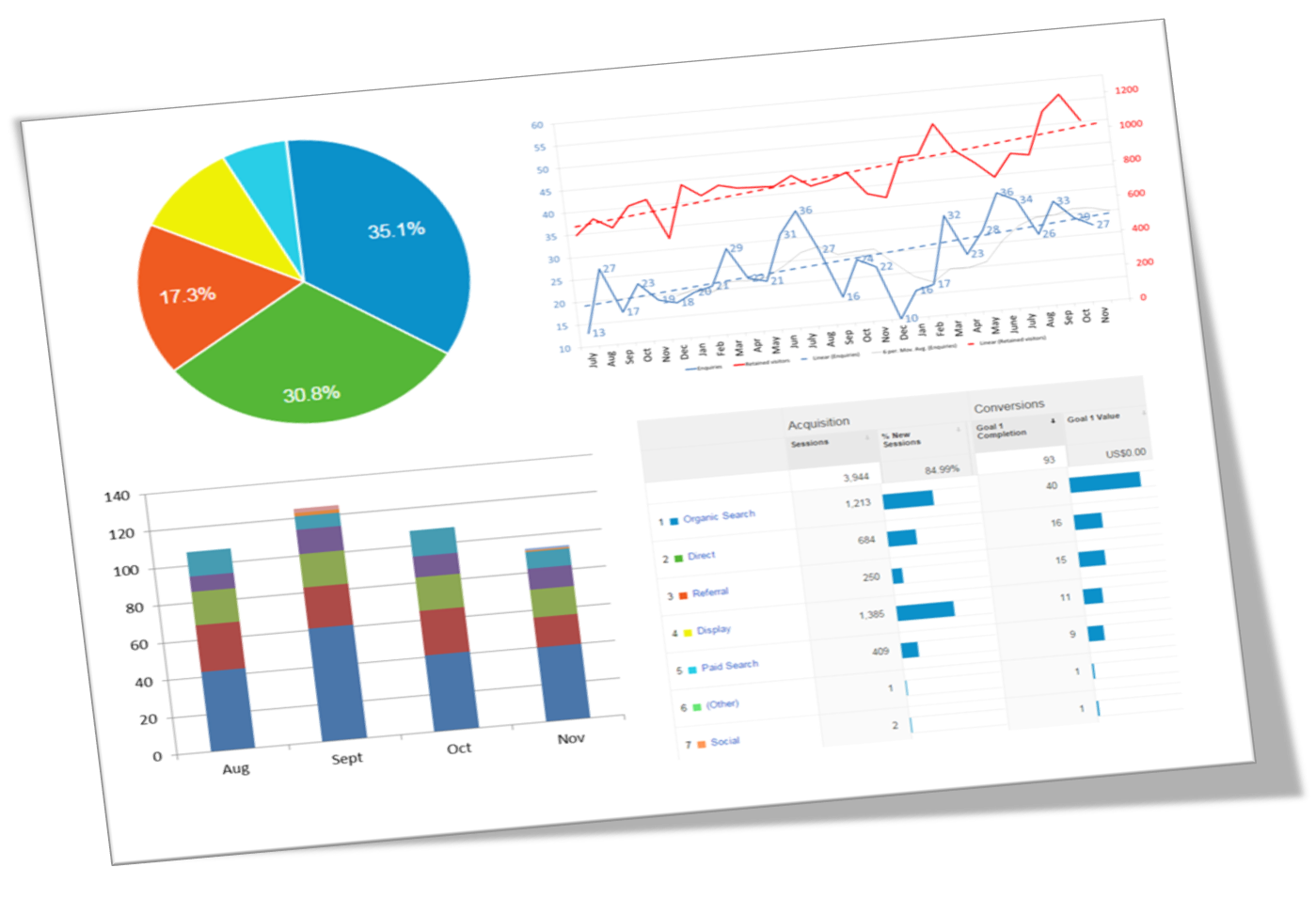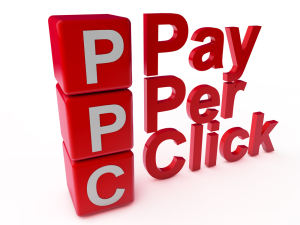-
Website analytics
-
Email marketing
-
Pay per click advertising
-
Online advertising
-
Content generation

Website Analytics
All traffic is not equal. Something like 95% of your website visitors are NOT potential clients. Bear that in mind next time somebody who has no idea how your business works calls you and offers to increase your website traffic by “managing” your Google AdWords account. Increasing the traffic to your site is not difficult if you don’t care whether a visitor is a potential customer or not. However, a thousand extra tyre-kickers is almost certainly NOT what most organisations aspire to.
At Gingerbolt Marketing we begin with the end in mind. The number of sales enquiries is usually the primary objective but every company is unique and there are plenty of other parameters to be mindful of. Moreoever, there are other objectives, for example a company’s website makes information readily available e.g. datasheets, sales collateral, product/service portfolio.
Email Marketing
If well executed, email marketing can be a very effective method of attracting potential clients to your website and generating brand value. However, it’s effectiveness relies upon the quality of the content. Enhancing the relationship with a potential client using engaging, informative content is a world away from damaging it by bombarding them with vacuous sales fodder. Once a potential client has decided your emailers arent worth reading then they are quite possibly gone forever. The rule of thumb is that you are allowed one “duffer” however that is only a rule of thumb.

Pay per click (PPC) advertising (e.g. Google AdWords)
|
Pay per click advertising can be very effective in attracting visitors to your website that are actively searching for products/services. Retaining and engaging these extra visitors demonstrates relevancy and credibility. Thus, organic (free) search engine results by retaining pay per click visitors and However, PPC implemented badly can also be a value destroyer. In fact it can be a total money sink. The road to success lies in identifying the search terms which deliver the best ROI and focusing on these. Less is usually more. Some search terms may attract lots traffic yet be poor at generating enquiries. For more on calculating ROI see the section on lead generation. Tips for effective PPC:
With keyword lists, less is usually more. Specific, targeted search terms which deliver a positive ROI will be more effective than trying to attract anybody with a related search term. |
Online display advertising
There are two main types of online ads:
- Banner ads on industry or magazine websites
- Display adverts (e.g. Google Display Ads)
Banner Ads
These are usually offered by industry or magazine websites. They are often expensive and the generated traffic results over-reported. (See this excellent article from Chris Rand of BMON). Banner ads are arguably a branding tactic rather than a website traffic driver and therefore should be used as part of a targeted bursting strategy. Such branding activities are appropriate for larger organisations with sufficient budget to make investment in the brand effective.
Display Ads
These are set up in the same way as pay-per-click ads, however they are graphical and can be placed manually on specific websites or the placement decided by Google (remarketing). However, the downside to the latter is that adverts following users around can be perceived as unnecessarily invasive. In a B2B context, this isn’t a perception likely to improve brand value and is more appropriate in B2C digital marketing.
